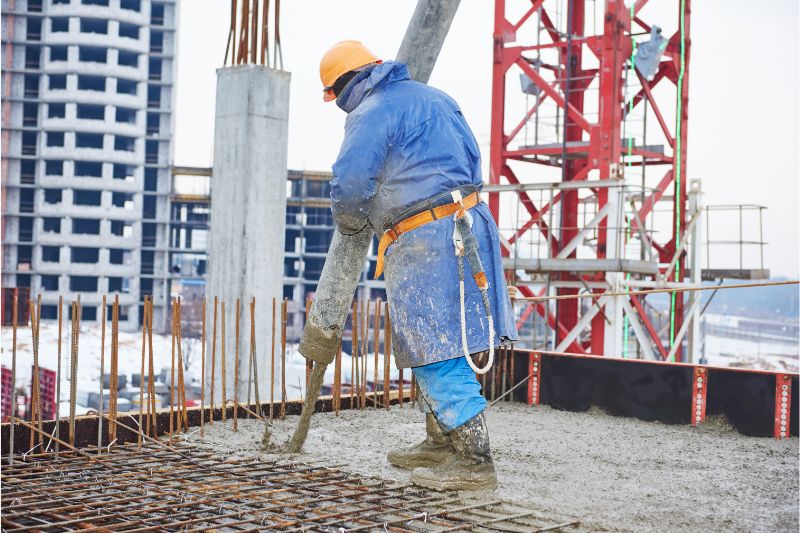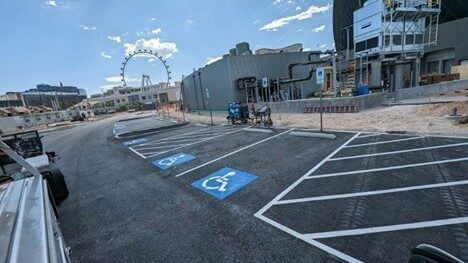There’s an art in the field of Construction, a ballet of intermixing materials and precision manoeuvring: concreting. An image of a gritty, muscled worker diligently pouring a homogeneous mix onto the ground might come into your mind. But did you ever consider the strategy and skill behind it? How does one mould this stubborn mixture into elegant structures defining our society? What are the techniques behind this essential profession? Today, let’s unpack the artistry and deliberate thought a professional concreter puts into constructing our buildings, roads, and towns, shall we?
Subtle yet profound, the intricacy of concreting baffles the untrained eye. The dexterity it requires to transform a simple mixture of cement, aggregate, and water into something as robust and monumental as towering infrastructures or as intricate as a backyard patio is laudable. With this post, let’s delve into various techniques used by professional concreters, evaluating each for their respective pros, cons, and unique features.
Behind every sturdy construction, a symphony of techniques gracefully working in harmony. By examining these cornerstones of concreting, we aim to provide a better understanding for all – be it a veteran builder looking to brush up his knowledge or a novice homeowner seeking the right path for their upcoming project.
Understanding the Role of a Concreter
A concreter is more than just a labourer mixing and laying down concrete. They are artists shaping modern civilizations. Concreters pour, smooth, colour and finish the concrete for a myriad of projects. Additionally, they are tasked with managing the concrete pour amidst changing weather conditions. This demands innovative techniques, sustainable practices, and a keen eye for detail.
Casting
In the realm of concrete placement, casting plays a starring role. This technique involves directly pouring concrete into the construction site’s prepared forms. A versatile technique, casting can be employed for foundations, walls, floors, and driveways. However, it demands a tremendous labour force and the right weather conditions to prevent premature drying.
Pumping
The pumping technique allows concrete to reach less accessible places such as upper levels of multi-storey buildings and remote locations. Pumping equipment includes boom pumps for large constructions and line pumps for smaller projects. Despite its high equipment costs, the ability of this technique to cater to challenging scenarios makes it indispensable in the armoury of concreters.
Shotcreting
Shotcreting or ‘sprayed concrete’ is used when precision is crucial. Imagine spraying concrete on a vertical surface or overhead; shotcreting enables this with minimum wastage. This technique is widely sought after in swimming pool construction, tunnel linings, and canal refurbishments. As fascinating as it sounds, this method needs specialized equipment and a trained workforce.
Screeding
Ever wondered about the smooth, levelled concrete surfaces beneath your carpeted floor? Screeding, an instrumental concreting technique, is responsible for that. Screeding is shoveling off excess wet concrete to bring the top surface of the slab to the proper grade and smoothness. The challenge lies in achieving perfect flatness and an acceptable moisture content in the screeded surface.
Curing
Last in line, but arguably the most critical is the curing process. This entails maintaining the right moisture and temperature conditions for newly poured concrete. Proper curing can significantly increase the longevity and strength of the structure. However, it requires diligent monitoring and sometimes elaborate methods to control environmental factors.
Conclusion
Through this kaleidoscopic tour across varied concreting techniques, it’s evident that concreting is quite the cerebral dance than mere muscle-flexing activity. From the immediate action of casting to the meticulous attention demanded by curing, each technique comes with its persistent challenges.
However, the beauty lies in their unity – each technique complements the other, forming a grand orchestra conducted by the skilled concreter. As we continue to entrust them with the mammoth task of shaping our skyscrapers, our homes, and our roads, let’s appreciate the intricate concreting techniques operating under the surface. After all, understanding these techniques can give us better insights into our structures’ longevity and the efforts taken to erect them.
Ready to elevate your next construction project? Explore the expertise of Professional Concreters.









